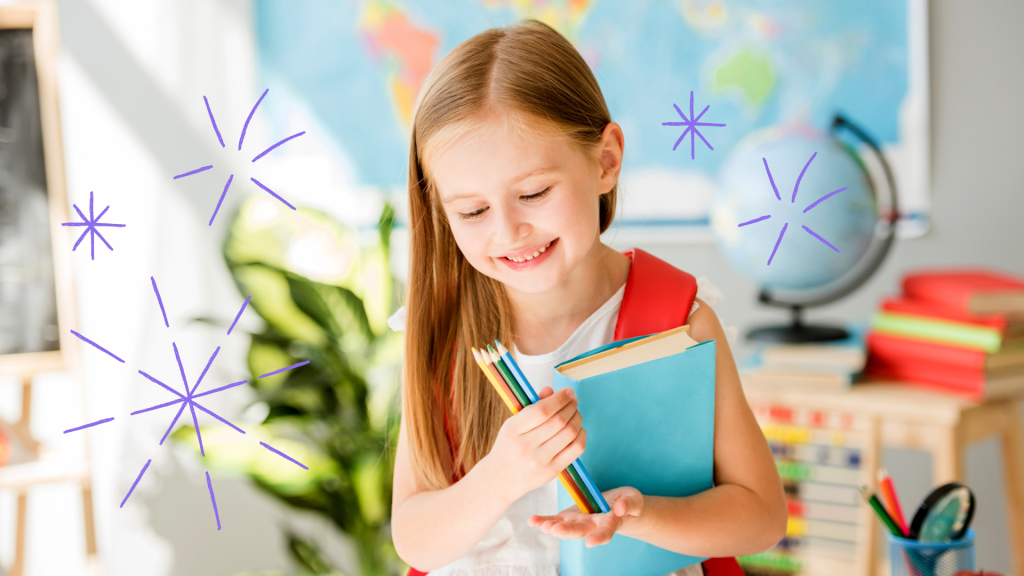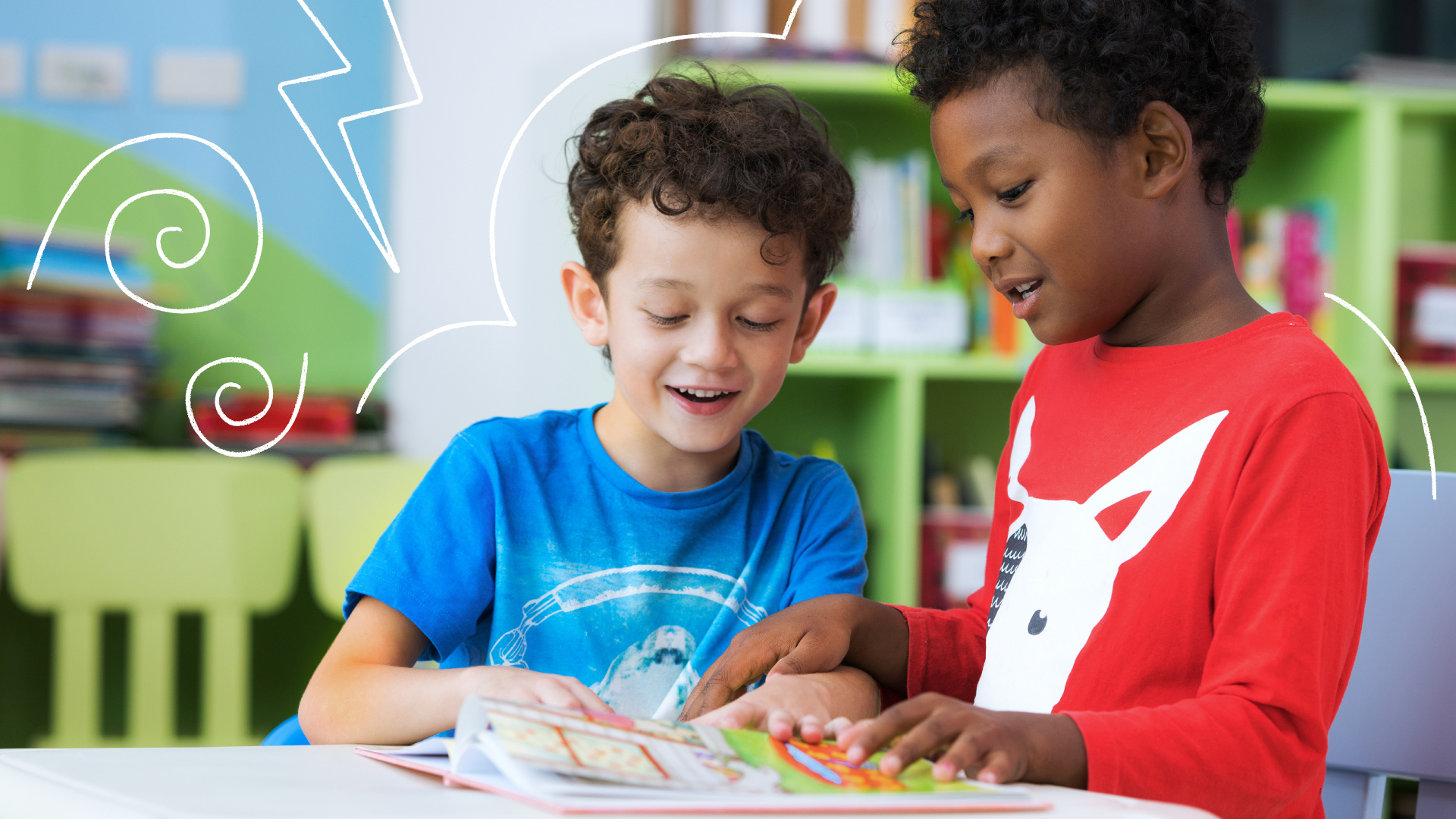
- 4 mins
Classroom Management: Celebrating Individual and Class Successes

From behavior management plans to class rules, educators are inundated with information on how to best manage the classroom environment, including the emotions of the students in it. Explicitly teaching emotional vocabulary is an essential part of child development, and naming emotions and feelings and practicing regulation strategies is a typical part of early childhood and elementary classrooms.
As an educator, I find that it helps to focus on regulating my own emotions first. Having my own mindfulness practice lends itself to a more peaceful classroom environment. When I practice awareness and reflect on when my body is dysregulated or feels flooded, I become more attuned to when these things occur with my students. For example, if I am feeling frustrated that the class is noisy after recess, I can give the students (and myself) a cooldown with a Moshi Moment before instruction resumes.
This practice of modeling regulation is only one example of how to teach students about their emotions and how to self-regulate. Awareness of yourself can also lead to more neutral, student-focused language. For example, you might say “Remember the ways we sit safely in our chairs” as opposed to “I need you to take a seat now.”
For many students, having a safe place to explore emotions is integral to understanding them. Within the classroom, it is important to set up a physical space that is free from lots of visual and auditory stimuli. When a student does become upset or overstimulated, an anchor chart of mindfulness practices for regulating big emotions will help in the process of the student returning to their work with the class.
Do this during a designated part of the day. You may find an ’emotions chart’ helpful for this. Make the experience playful and enjoyable through strategy-building games such as emotion bingo, role-playing, and storytelling.
To reinforce emotional wellness and increase self-regulation, provide brain and body breaks throughout the day. These are especially helpful following physical education class, recess, and big transitions. Use low-intensity Moshi Music and Moshi Moments activities to support this time.
For example, try building a relaxation corner. A comfortable chair by the reading nook can serve as an inviting area to process big feelings.
Partner with families and caregivers to share resources you use in the classroom. This allows them to be reinforced at home.